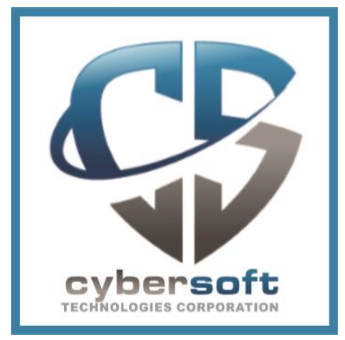Agile & Scrum Fundamentals
Learn the importance of being Agile, the key aspects of value-driven development, adaptive planning techniques, and how to be collaborative with customers, clients, and teams. This training introduces you to several Agile methodologies to determine what will work best for your team.
Content
- Introduction to Agile Values and Principles
- Articulating Agile values and principles
- Understanding the principles of Lean Thinking
- Comparing Agile with traditional, master plan methods
- Agile Approaches Compared
- Scrum
- Recognizing Scrum as a framework for self-managing teams
- Locating Scrum in empirical process control theory
- Revealing the mandatory roles, artifacts and events of the Scrum framework
- eXtreme Programming (XP)
- Explaining the core values of XP
- Engineering software with XP’s core practices
- Running a software development project using the XP process
- Kanban
- Identifying the link between Kanban and Lean’s focus on the removal of waste from the workflow
- Seeing Kanban as a change management approach rather than as a method
- Visualizing the workflow by designing a Kanban Board
- Value Driven Delivery
- Focusing on business value
- Delivering business-valued functionality as a priority
- Explicitly focusing on business value and product quality
- Evolving requirements and solutions together throughout development
- Iterative and Incremental Delivery
- Delivering “early and often” for Return on Investment and feedback
- Comparing Scrum and Kanban as “pull” systems
- Classifying different types of requirement for value-driven planning
- Customer and User Involvement
- Defining customers and Other Stakeholders
- Regarding customers as individuals or groups who extract or generate business value
- Viewing other stakeholders as people or groups who exert oversight or impose constraints
- Prioritizing customers as the most important and relevant stakeholders
- Involving Users
- Understanding the different ways Scrum and XP teams interface with customers
- Writing user stories to drive conversations with different classes of customer
- Splitting user stories so that they fit into inspect-and-adapt cycles
- Fostering Self-Management within the Development Team
- Mapping Roles and Responsibilities
- Contrasting the Agile “Feature team” model with traditional “Component teams”
- Shifting roles and responsibilities towards a self-managing team
- Leading teams rather than managing tasks
- Transitioning to self-management
- Facilitating cross-functionality and team learning
- Empowering the team to control their own development process
- Navigating conflict so that it drives team behaviors in a positive direction
- Growing Agile teams
- Developing genuinely collaborative behaviors
- Acquiring soft skills for servant leadership
- Adapting coaching styles to the experience and maturity of the Agile team

